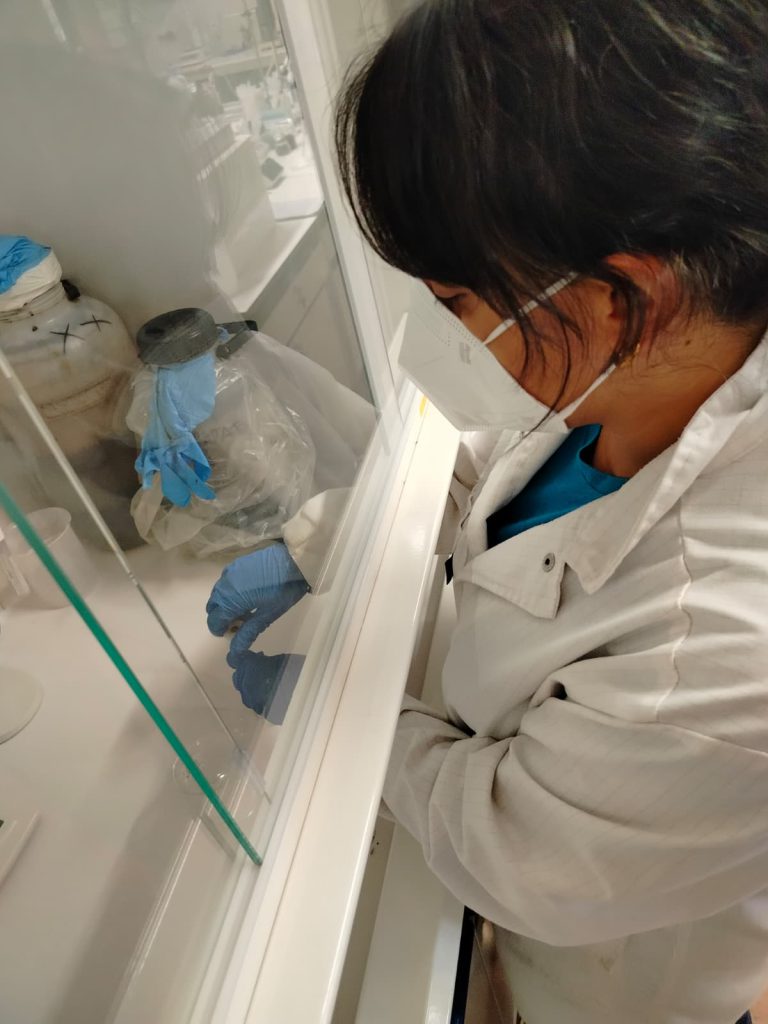From field samples to risk-based decisions: PRIMA-SAFE labs analyze reclaimed water to track pharmaceuticals, antibiotic resistance markers, and other hazards—so farmers can reuse water safely and sustainably.

Why analyze reclaimed water?
In Mediterranean agriculture, treated wastewater can boost soil fertility and reduce fertilizer use—but it may carry organic micropollutants, pathogens, antibiotic resistance signals (ARGs), and pesticides. Our lab work turns these concerns into data for evidence-based reuse. primasafe.eu
What we test (and why it matters)
- Pharmaceuticals & other CECs: chosen because they’re frequently detected and can move from water → soil → crops. primasafe.eu
- ARGs (genetic markers tied to antimicrobial resistance): monitored to understand microbiological safety beyond classical indicators. primasafe.eu
- Agronomic/chemical basics (salinity, nutrients) to protect soil biodiversity and crop performance. primasafe.eu

Step 1 — From field to lab
Teams collect influent/effluent and irrigation-line samples following strict handling, then log them for chemical and microbiological workflows. This ensures comparability across sites and seasons, a core need in PRIMA-SAFE’s multi-country pilots. primasafe.eu
Step 2 — Prioritizing what to measure
We don’t measure everything everywhere. A PRIMA-SAFE study screened 148 pharmaceuticals found in reclaimed water and, using an occurrence–persistence–bioaccumulation–toxicity (OPBT) scoring framework, shortlisted 47 priority compounds for monitoring. It flagged:
- 6 compounds (e.g., iopromide, azithromycin, ibuprofen) with HQ ≥ 1 for soil organisms,
- 22 compounds likely to be taken up by crops (based on properties like logD and pKa),
- 7 compounds (e.g., diclofenac, carbamazepine, fluoxetine, citalopram) repeatedly detected in edible plant parts across studies—yet no human-health risk at observed levels (well below ADIs). primasafe.eu
What this means in the lab: we focus analytical chemistry on the priority list, so monitoring is both cost-effective and decision-relevant.
Step 3 — Bench tests that improve water quality
Alongside “measurements,” we test solutions. One PRIMA-SAFE publication showed volcanic ash–derived soil (VADS) can adsorb the antibiotic trimethoprim, achieving 77.6% removal under optimized conditions and confirming interaction mechanisms via mineral analysis. Response Surface Methodology helped tune contact time, concentration, mixing, and solid-to-liquid ratios. These insights guide filter media choices for low-cost polishing steps. primasafe.eu

Step 4 — Nature-based pilots + genetic safety signals
In pilot constructed wetlands, we trial bioaugmentation (e.g., Trichoderma asperellum) to enhance removal of selected contaminants. Results show >10% improvement for compounds like diclofenac and benzotriazole, while also tracking ARGs to understand microbiological risk trends. Highly polar compounds remain challenging—informing where advanced polishing may be needed. primasafe.eu
From data to decisions
All these measurements feed into PRIMA-SAFE’s goal: safe, practical water reuse tailored to local conditions and farmers’ needs—linking lab analytics, treatment optimization, and agronomic trials. primasafe.eu

